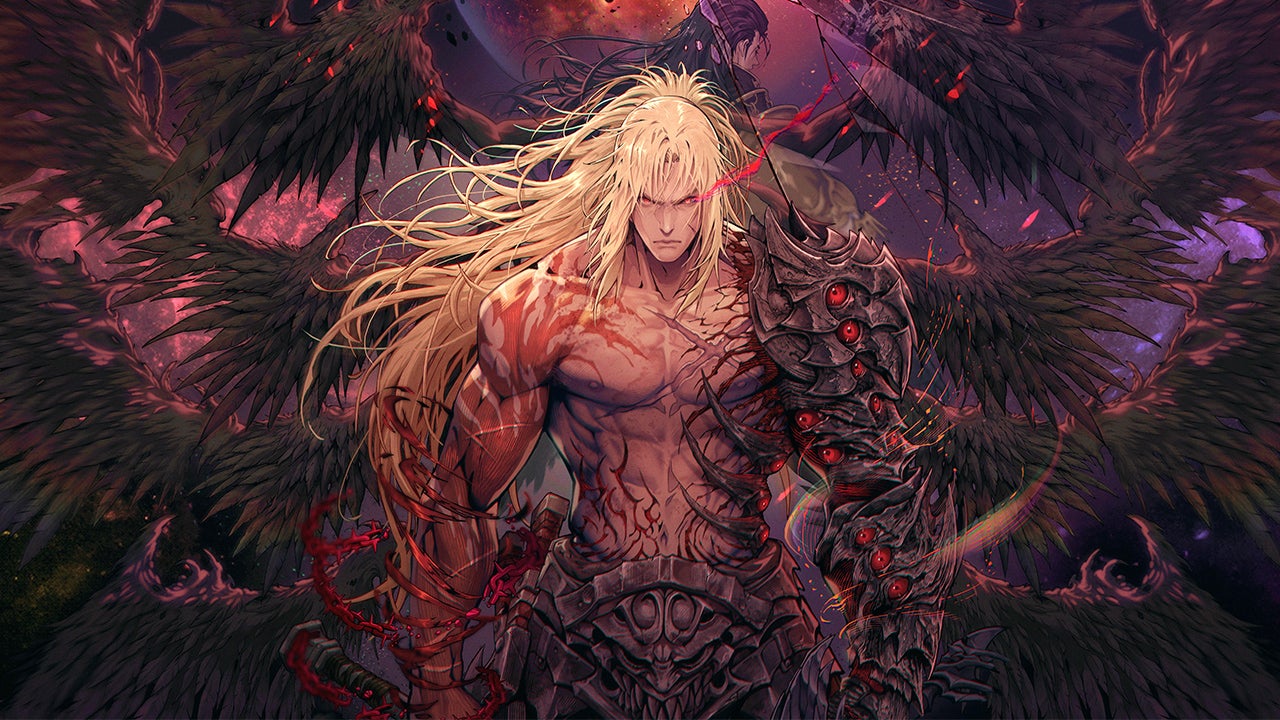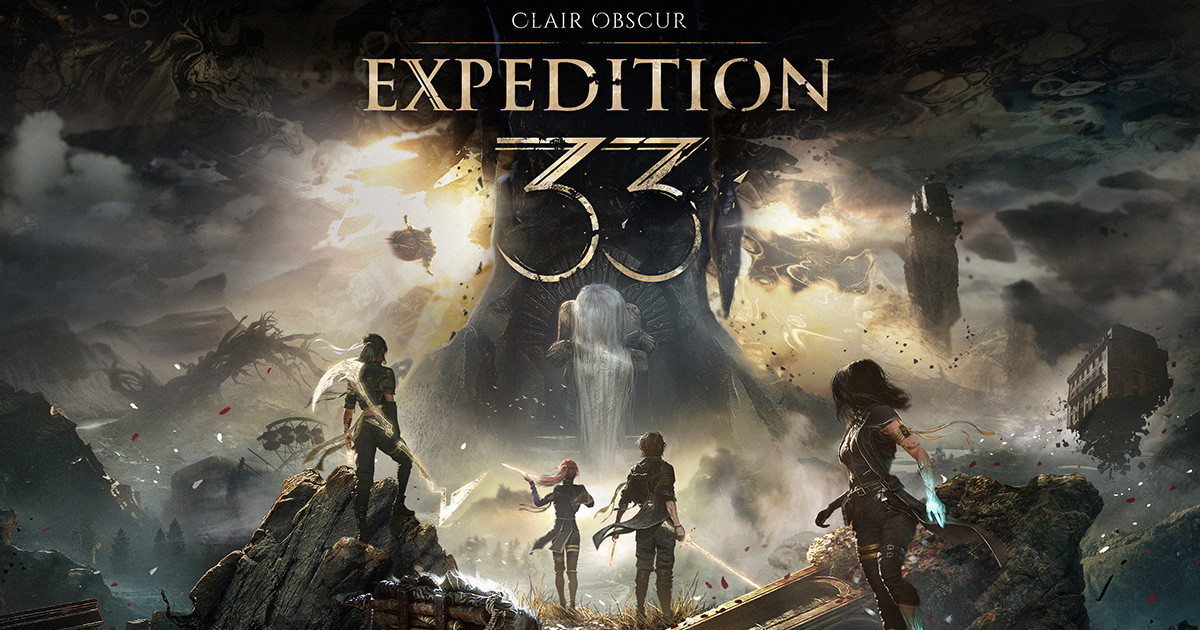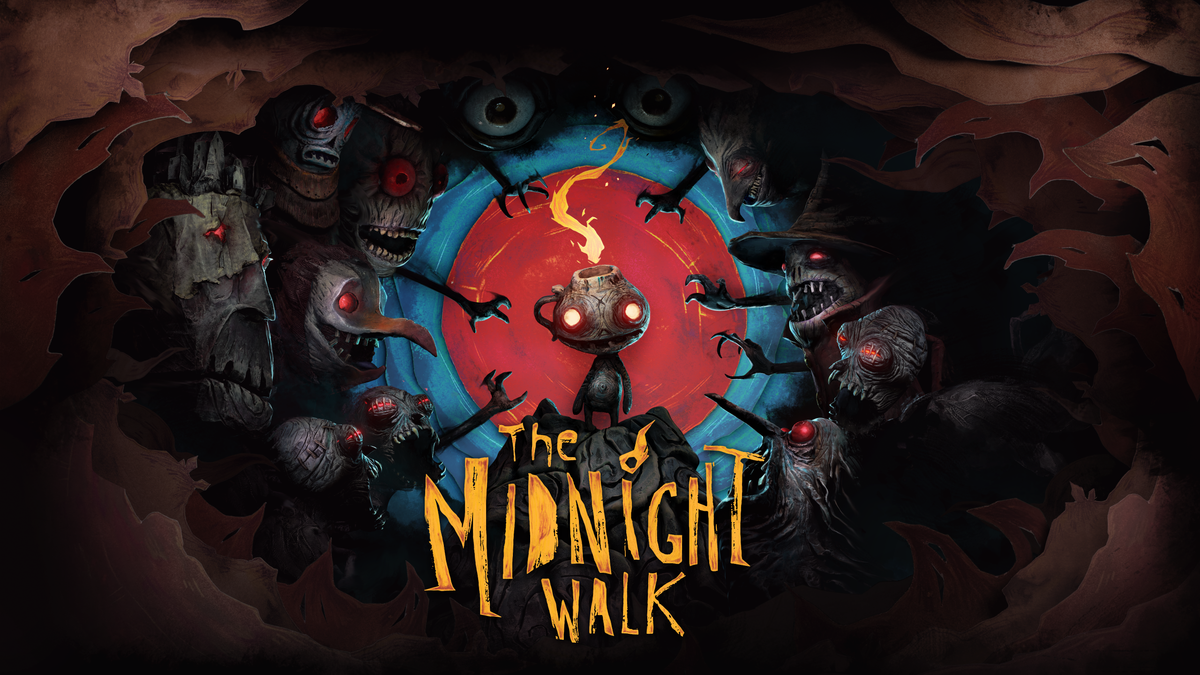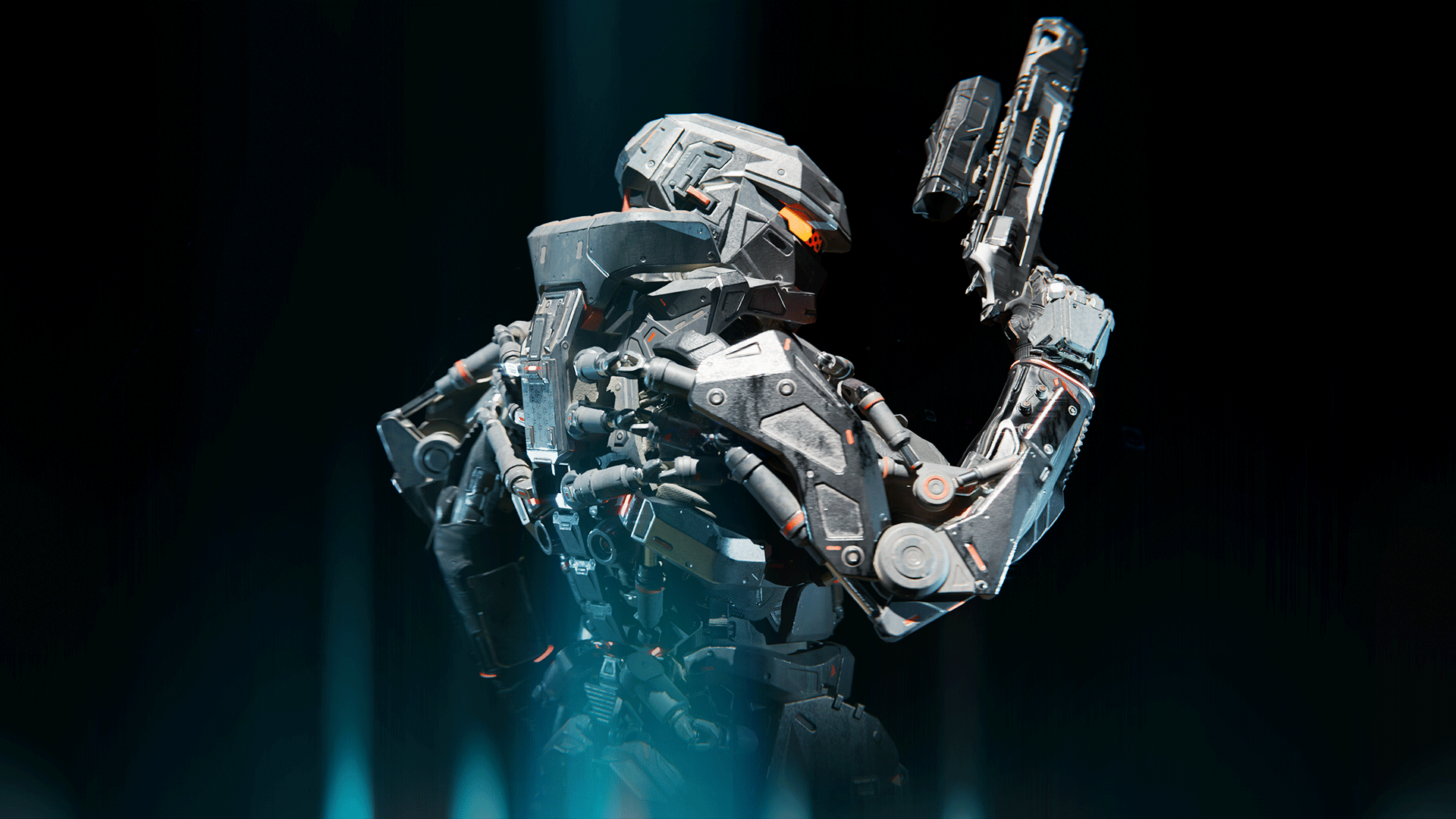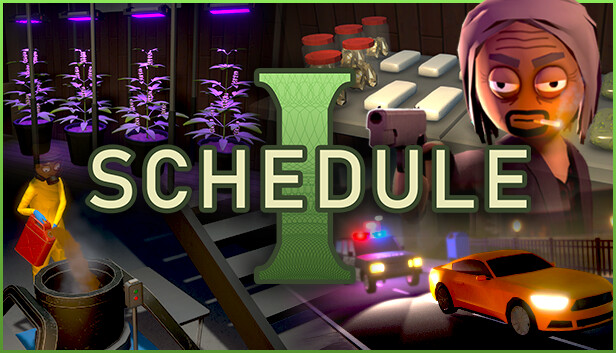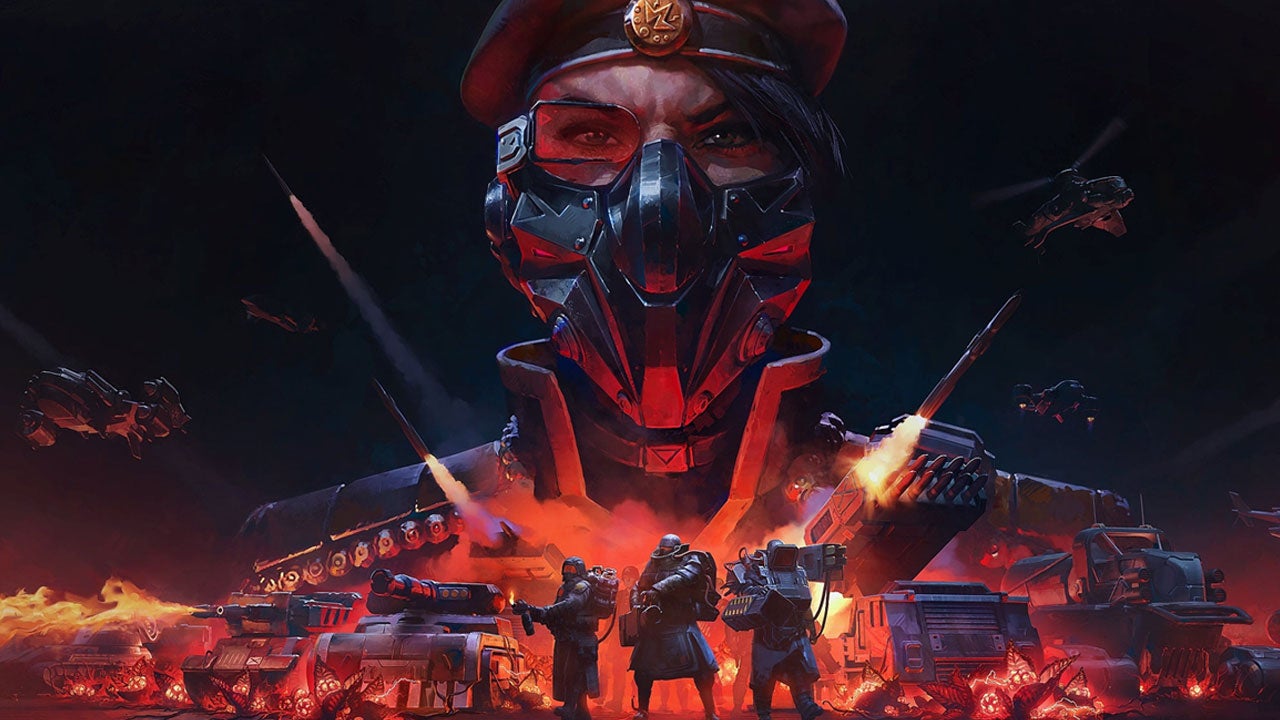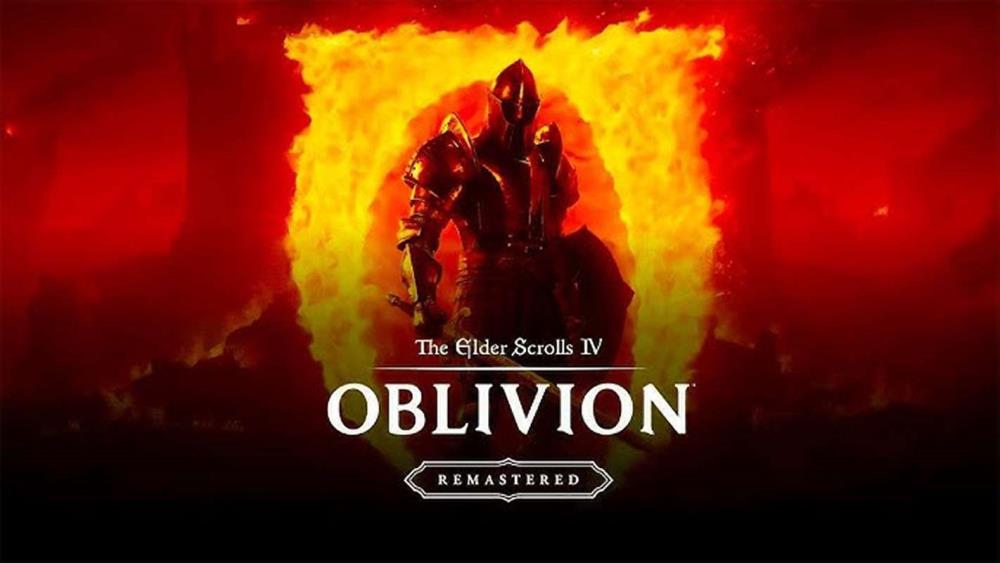Playing The First Berserker: Khazan was an intense, draining, and often infuriating experience—yet one I ultimately found rewarding. My hands ached and my patience was tested, but this punishingly difficult action RPG eventually shaped me into the kind of warrior the game demands. From the earliest moments, it’s clear that Khazan doesn’t take it easy on you. It demands precision, endurance, and repeated attempts to overcome its hardest trials. While the difficulty often verges on cruel, I couldn’t help but be drawn into the brutal rhythm of its combat. Time and time again, I was driven to the edge of frustration, only to find surprising joy in finally mastering its unforgiving challenges.
At its heart, Khazan is a tale of betrayal and vengeance. The titular protagonist, once a respected general, is cast out and accused of treason. Left near death, he is resurrected and bound to a spectral entity known as the Blade Phantom—a force of vengeful warrior spirits with its own hidden agenda. While Khazan seeks revenge on those who destroyed his life, the Blade Phantom drives him forward, creating a volatile partnership rooted in mutual destruction. The premise sets up a dark and mystical world rich with conflict, blending political intrigue and supernatural elements. Unfortunately, while the premise is compelling, the story itself never quite lives up to its potential. Beyond its strong opening, the narrative becomes thin, offering little to deepen our understanding of the world or the people in it.
Instead of exploring a large, interconnected world, Khazan is divided into a mission-based structure. Between each mission, players return to a hub area called The Crevice—a haunting, floating sanctuary of broken stairs and scattered platforms. Visually, it’s a fascinating place, but practically, it’s limited. There’s little to do here beyond managing equipment, accepting side quests, and enhancing gear. While a few NPCs offer glimpses into the broader world, including distressed survivors or enigmatic advisors, they mostly serve functional roles rather than providing any emotional weight or meaningful lore. The hub’s existence feels more like a necessary staging area than a living space full of interesting characters or stories.
Khazan himself is an incredibly capable fighter, though early on it doesn’t feel that way. The game introduces three weapon types: a heavy-hitting greatsword for defensive play, a swift but stamina-taxing spear, and rapid dual blades suited for relentless offense. Each weapon fundamentally changes how Khazan fights, with their own unique move sets and rhythm. It took dozens of hours before I felt truly in sync with my chosen weapon, but once I did, the game began to click in a big way. I eventually gravitated toward the dual blades, finding their quick pace and combo potential the most satisfying. Swapping between weapon types is technically possible, but due to their distinct skills and playstyles, switching mid-playthrough can feel more like learning a new character than adapting your current one.
Each weapon comes with its own expansive skill tree, allowing you to customize Khazan’s abilities. These upgrades modify everything from basic attack animations to stamina costs and new Spirit Point-powered techniques. Over time, I reshaped Khazan into a completely different kind of fighter than the one I started with. This sense of evolution is a highlight, as it encourages experimentation and rewards players who fine-tune their builds. However, the system can feel daunting due to its depth and lack of user-friendly mechanics when trying to switch up your build mid-mission. Respeccing is possible, but not entirely convenient, which can discourage flexible play.
Mission design adheres closely to the familiar formula of the Soulslike genre. Levels are structured with shortcuts, limited healing items, and deadly enemies lurking around every corner. From ruined villages to cursed castles and the mandatory poisonous swamps, each area challenges you to endure, adapt, and survive. Unfortunately, exploration is kept to a minimum, with a mostly linear layout guiding you from start to finish. The absence of secret areas or optional bosses leaves the world feeling more mechanical than mysterious. Still, the core gameplay loop is solid, and navigating its dangerous terrain while uncovering better gear and resources can be satisfying.
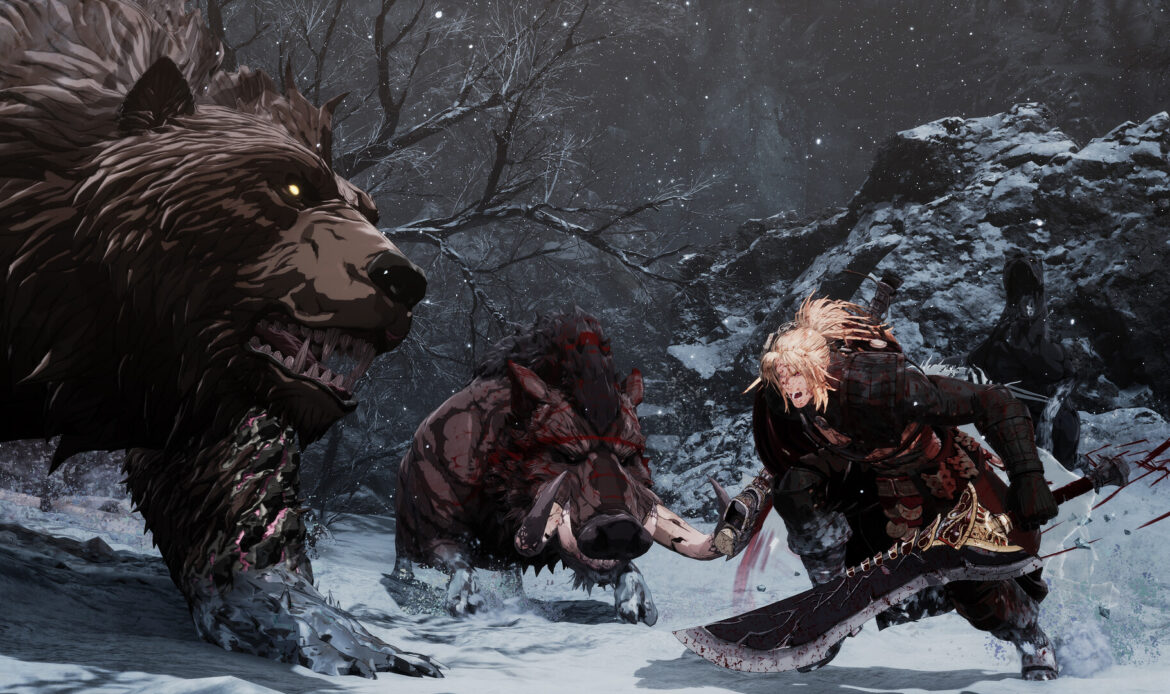

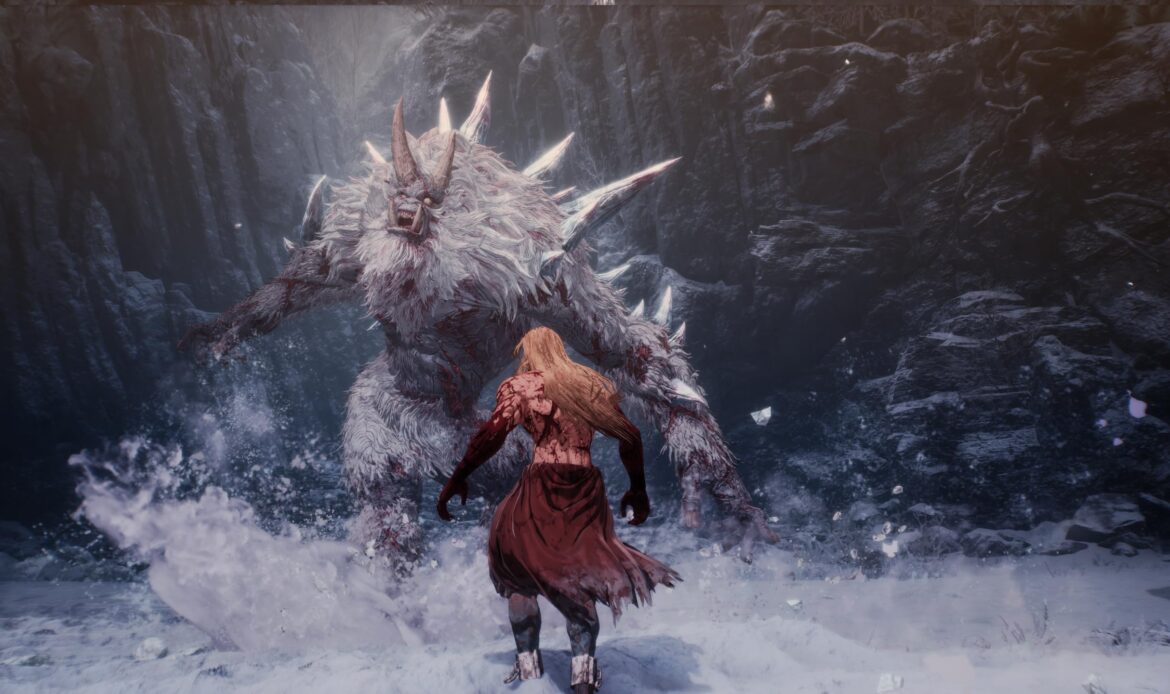

Every major mission concludes with a formidable boss battle—these encounters are Khazan’s crown jewel. Each boss is a massive, intimidating foe with unique attack patterns and brutal punishments for missteps. My first major roadblock came at the end of the second mission: a soul-infused monster with erratic, deadly strikes. Another early nemesis, a flaming goat demon, bombarded the arena with fire, forcing me to rethink my entire approach. These bosses are walls in the truest sense—obstacles that cannot be bypassed or cheesed. While other games in the genre might allow overleveling or exploiting mechanics to make a fight easier, Khazan offers no such mercy. Grinding only gets you so far; it’s mastery that ultimately wins the day.
For a time, I nearly walked away. The difficulty spike felt unmanageable, and progress slowed to a crawl. But as I began to truly understand enemy patterns, time dodges and counters just right, and experiment with different gear, I started to improve. What once felt impossible became thrilling. Bosses that initially had me cursing the screen became puzzles I looked forward to solving. Learning their movements and adapting my strategy transformed frustration into triumph. Each victory became a badge of earned experience—never cheap, always deserved.
Adding to the sense of progression are two clever systems that soften the blow of repeated defeat. First, dying during boss fights isn’t a total loss—Khazan earns Lacrima based on how much damage was dealt, giving you a reward even when you fail. This can be used to improve stats or unlock new gear, making each attempt meaningful. Second, skill points are earned passively through combat rather than tied to leveling, ensuring that simply being in battle helps improve your character. These design choices give a much-needed sense of forward motion even when stuck on a single challenge for hours.
In the latter half of the game, equipping Khazan properly becomes just as important as mastering his moves. Gear plays a critical role, with weapons and armor offering bonuses like stamina regeneration, elemental resistances, and improved damage under certain conditions. Equipping full gear sets unlocks additional effects and visual upgrades, encouraging players to pursue specific builds. While these bonuses aren’t revolutionary, they add important tactical depth and help shape your playstyle.
Side quests offer another meaningful way to enhance Khazan’s abilities. These missions remix previous levels, add new enemy types, and often reintroduce bosses with different moves or elemental affinities. While they don’t dramatically alter the game’s formula, they offer worthwhile rewards in the form of rare materials, gear upgrades, and backstory for supporting characters. These side paths help flesh out the world and give some much-needed texture to the otherwise sparse narrative.
Upon finishing the main campaign, which took me roughly 85 hours, a New Game+ mode unlocked, offering entirely new weapons imbued with elemental properties. These additions dramatically alter combat, adding more variety and strategy. I only wish some of these gear types were available in the initial playthrough—they would have helped diversify combat and added further incentive to experiment with different builds early on.
By the time the credits rolled, I was no longer the struggling novice who limped through the opening levels. I had grown into a capable warrior, molded by the game’s relentless demands. The First Berserker: Khazan is not an easy journey. It will push players to their limit, and many may give up before seeing its best moments. But for those who persevere, the reward is not just victory—it’s mastery. The boss battles, in particular, evolve from insurmountable trials into exhilarating tests of skill. While the lackluster story and sparse exploration hold it back from true greatness, the combat delivers in spades.
For anyone who enjoys Soulslike games or wants to challenge themselves with a difficult but fair action RPG, The First Berserker: Khazan is well worth the effort. The struggle is real, but so is the satisfaction. If you’re willing to fight, fail, and learn, you’ll find a game that gives back as much as it takes.

